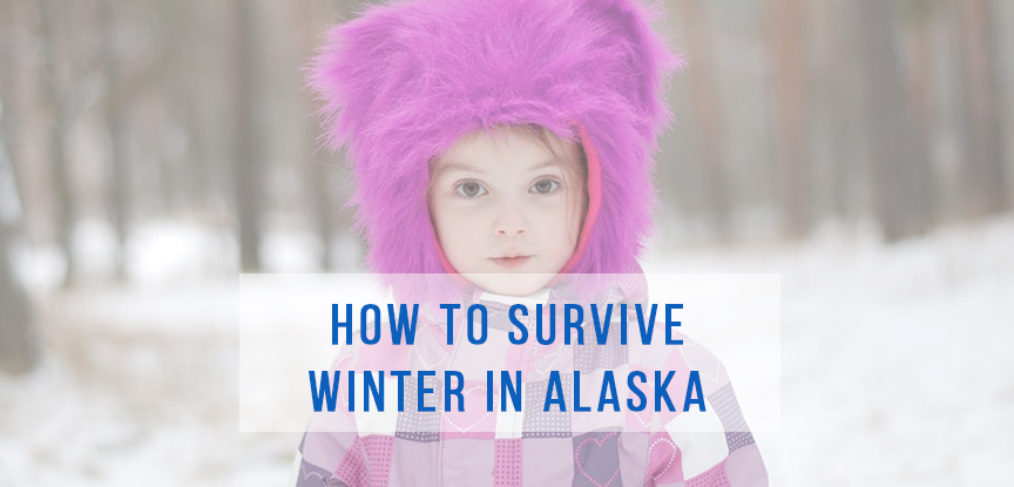As the summer months come to an end and the colder days approach, it’s important to start preparing your Alaskan home for winter. The harsh conditions of winter can be tough on any home, but especially in Alaska where temperatures can drop well below zero. Below are some tips to get your Alaskan home ready for winter.
Inspect your home’s heating system
One of the most important things to check is that your heating system is in good working order. Contact a licensed professional to perform a thorough inspection of your heating system and any necessary repairs or maintenance. You don’t want to be caught with a broken heating system during the winter months. Brrrr…
Check your insulation
Our Alaskan winters are notoriously cold, so it’s important to make sure your insulation is up to par. Take a moment to check your attic, walls, and crawl spaces for any damage or areas that need to be filled. Taking this important step to ensure that your home is properly insulated can help reduce heating costs and keep your home cozy during the winter months.
Seal up drafts
Even the smallest of drafts can prevent your home from being heated efficiently. Check any doors, windows, and electrical outlets for drafts. Simple solutions such as caulking, weather stripping, and foam insulation can help seal them up.
Prepare your pipes
Here in Alaska our winters get so cold that it can cause pipes to freeze and burst. To prevent this, make sure to insulate any exposed pipes in unheated areas such as attics or garages. Don’t forget to remove any garden hoses and shut off the outdoor water supply to prevent freezing.
Clean your gutters and downspouts
We don’t want to allow dangerous ice dams to form in winter. Before winter arrives, make sure your gutters and downspouts are clear of any debris. This will help prevent ice dams from forming on your roof, which can cause damage to your home’s interior and exterior.
Stock up on supplies
It’s important to always be prepared. Alaska can be hit hard by winter storms, making it important to stock up on essential supplies such as food, water, and emergency supplies. It’s also a good idea to have a backup generator in case of a power outage.
Consider adding a backup heat source
If some areas of Alaska we experience extreme temperatures, consider adding a backup heat source such as a wood stove or propane heater. This will provide warmth in case your primary heating system fails.
Install a programmable thermostat
A programmable thermostat can help reduce heating costs by adjusting the temperature when you are not home or at night when you are sleeping. This can save you money on your heating bills and reduce energy waste.
Preparing your Alaskan home ready for winter involves taking a few steps to ensure your home is warm, safe, and prepared for any extreme weather conditions. By taking these simple steps you can be well on your way to a cozy and comfortable winter season in your Alaskan home.


